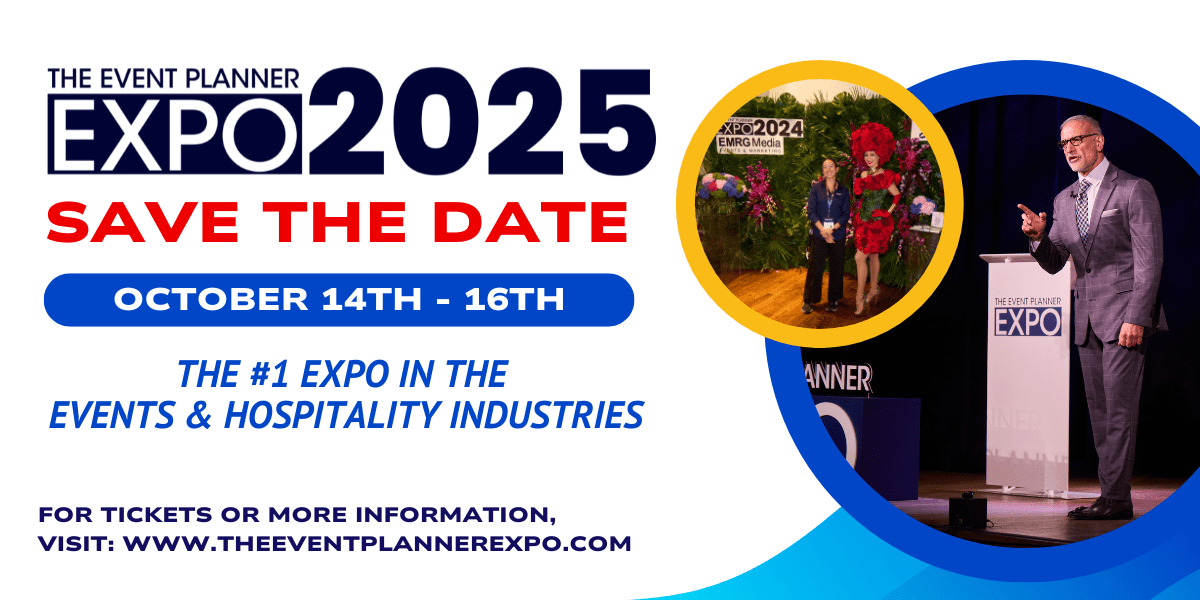How to Run an Effective Team Meeting
There’s no shortage of memes regarding how ineffective, boring, and time-wasting staff meetings can be. So, as an event planner running a business, how can you be sure you’re not putting your teams through those meme-worthy meetings? Are you getting the absolute most out of your collaboration sessions? Are you actually solving problems as a result of your meetings? And more importantly, what can you do as the meeting facilitator to make these pow-wows more effective? Today, we’ll share those meeting insights you need to make sure the roundtables you host are engaging and productive.
Preparation and Agendas
Whether you’re hosting an online meeting of the minds or have the team assembling over coffee, don’t start any meeting without having an agenda. Preparation prior to the meeting will ensure you keep the group focused on core objectives and discussions relevant. Know who’s coming, what problems need to be solved, and what topics need discussion.
Here’s a checklist to help you create your meeting agendas:
- Attendee List, Date, and Time
- Establishing a Conversation Flow (Intro to Closing Statements)
- Meeting Objectives
- Delegating Attendee Roles (Who Speaks About What)
Make It Collaborative
No one, and we mean NO ONE, enjoys a meeting to hash out complicated reports and data. And if you want the meeting to be productive, it needs to be less of a “gotcha” moment to call out issues and more about the “how can we brainstorm for better” series of conversations. Make your meetings collaborative and less reportative. If you have analytics to review, ask your staff to review ahead of time and come to the meeting with questions and insights instead of rehashing metrics. You’ll find your employees are more engaged and less concerned about “getting in trouble,” making the discussions more inclusive and productive.
Engage Everyone at the Table
A meeting can only really be collaborative if everyone involved has a voice. Make sure as you lead your sessions, every team member participates. Don’t let anyone be a wallflower and ask for opinions. Instead of “does anyone have any questions,” you could say, “everyone come up with one question to ask about what we’ve just discussed.” That way, attendees will force themselves to think critically about the topics at hand. And they’ll all be expected to participate.
Here are some other probative questions you can ask that will invite everyone to engage:
- What resources can I provide to make your assignment easier?
- What do you feel is the home run takeaway from this discussion?
- What’s on your to-do list to tackle this week/month?
Take Notes and Leverage Meeting Tools
Along with your printed agenda, make room for notetaking. Don’t just scribble down ideas as you go, either. Get efficient with digital meeting tools to help streamline notetaking and follow-up action item jotting. For some event planners, using a template for notes at each meeting keeps every engagement organized and consistent. Others encourage employees to share notes with each other using email, Slack, or chat features. And as the leader, your notes could be very different from those of your teammates. You might also be collecting details about member participation and anticipated challenges.
Have Some Fun and End Early
Experiment where you can with gamification. Add some fun and encourage breakout sessions that encourage team members to work together. Lead with icebreaker questions or conversation starters. And whenever possible, try to end your meetings five or so minutes early. Doing so will set a precedent for your teams, who know you value their time and only want the meetings to be efficient and productive.
Consider these insights and strategies as you run your event-planning business meetings. For more ideas and inspiration, follow our blog series and make sure you get on the waitlist now for The Event Planner Expo 2023!
